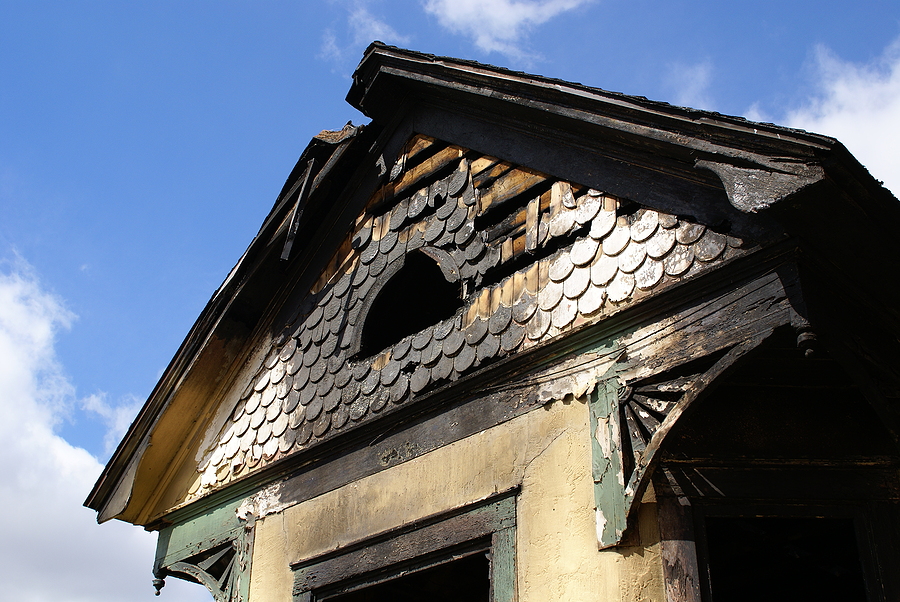Don’t Touch Smoky Items with Bare Hands!
Even if you are allowed to reenter the damaged building,call ERS before trying to clean anything up.
Acidic smoke particulates can combine with skin oils and could irreparably damage property that ERS would have been able to save. Call or contact us by email
Don’t Touch Smoky Items with Bare Hands!
Even if you are allowed to reenter the damaged building,call ERS before trying to clean anything up.
Acidic smoke particulates can combine with skin oils and could irreparably damage property that ERS would have been able to save. Call or contact us by email.



What Does Smoke Really Do To A Building?

A fire is often one of the most devastating things that can happen to a property. It can occur either through environmental circumstances or human error. While most people are concerned about what the heat and burn damage can do to a structure, there is another element to consider: smoke. Many people think that all smoke does is make things sooty and that cleaning something up is all that is required. However, this is not true across the board. Smoke can have different effects on a property, depending on what it encounters.
Recovery On Time
People need to understand that smoke is tiny heated particles emitted by whatever is burning. As a result, when it encounters other items in a building, the interactions can vary. In some cases, smoke will settle on a surface, and that’s the extent of the reaction. It can easily be cleaned off. In other instances, there’s a chemical interaction, and structural decay can occur, permanently damaging a surface or object.
Different materials have different “time limits” when it comes to recovery. Some items may only be recoverable if they are treated and processed within minutes of exposure to smoke. Others, however, may be left unattended for weeks and still be recovered when the time comes. Here are some material timetables to keep in mind.
Plastics & PVC
These materials are the most vulnerable. Many modern retail electronics are made with plastic casing. At the same time, the inner workings of a building, such as water drainage pipes, often use a PVC variant. When exposed to smoke, permanent discoloration will occur unless treated with an alkali solution within a few minutes of exposure.
Porcelain
This material is typically used on bathroom fixtures like sinks, tubs, toilets, and even kitchen appliances. Like plastics, porcelain is exceptionally vulnerable to smoke, and permanent coloration occurs if it’s not quickly cleaned. Often resurfacing is required to bring back the former color.
Fiberglass
Some building components are made of fiberglass. If they are interior elements, this may not be so much of an issue. However, permanent yellowing occurs when exposed to smoke. This usually sets in after several hours, so if these surfaces are cleaned within an hour, it’s possible to recover them.
Wood
Wooden furniture and hardwood flooring are popular in buildings. Wood is also still used as a structural element, such as a load-bearing beam. Wood can be washed and recovered if treated within a few hours of exposure.
Metal
Metal can hold up to smoke exposure for several hours. However, it has a specific chemical reaction with some chemicals in smoke. So unless it is treated, it will eventually rust, corrode and start to fall apart.
Fabric
Carpets, rugs, and even fabric on furniture are surprisingly hardy when it comes to smoke exposure. These items can be left alone for weeks and still recover with proper washing and treatment.
If you have a building that you’d like to repair and recover from a fire with smoke damage, we can help. Emergency Restoration Specialists have over 30 years of experience right here in the Milwaukee area. Contact us for a prompt, professional response.



